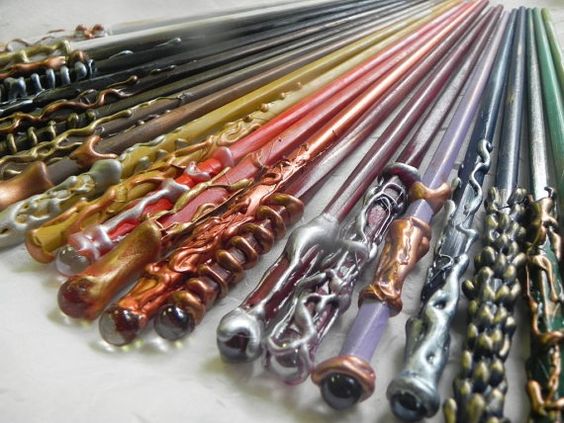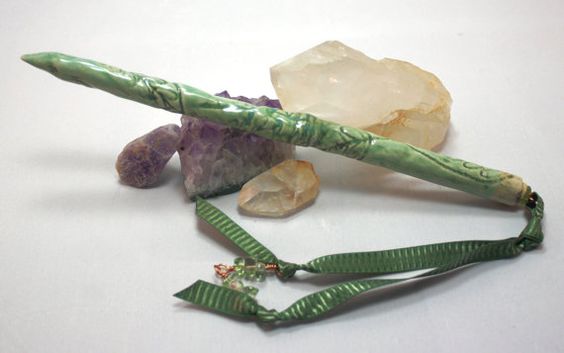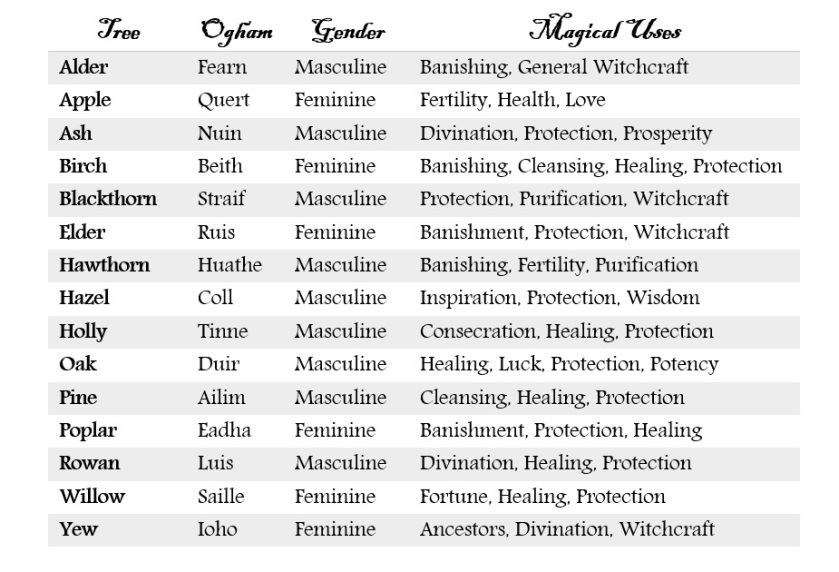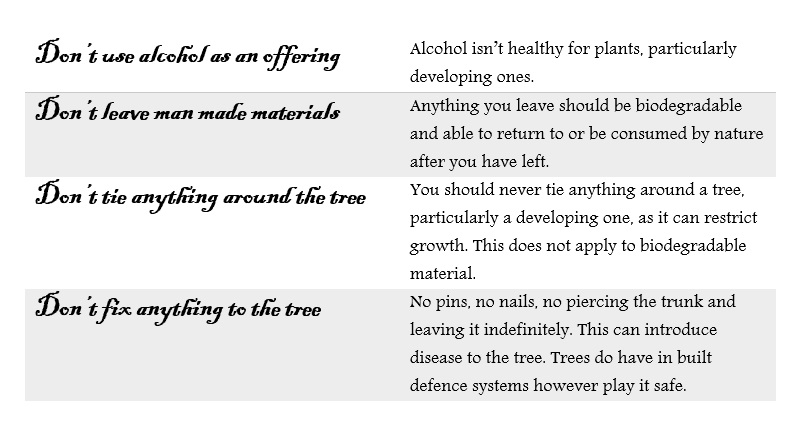The Wand is archetypal tool of the magic user. Whether a Wizard or Witch, a Seer or a Sorceress; the quintessential mark of this magical being is the wand they bear.
It’s a big thing, just look at the central role the wand plays in the Harry Potter series. From the outset of book one the Wand stands out as the object that ‘makes’ and, by the end of book seven, ‘breaks’ the Wizard.
In Pagan circles, especially amongst the fledgling members, a great deal of emphasis on that first wand. Many will insist you must make your own, others will say purchased is fine. Some will say keep it plain and simple, others will pile on the bling. A lot of things are down to individual preference and tastes. There is something to be said for handcrafted items over mass produced ones. Whether crafted by your own hands or those of another there is something to be said for a unique or bespoke magical item.
Your choices should be personal and based on your personal practice. There are four common materials from which wands are crafted.

Types of Material
Crystal
When I talk about crystal wands I am not talking about small (or even big) embellishments to other types of wands but those that are made wholly from semiprecious stones. Whether they are made from single stone or even those held together by apoxy and/or metal fittings these wands are most often associated with complimentary healing techniques. There are some who will use these for magical purposes and practices but this is the exception rather than the rule. More often than not crystals make up elements of embellishment in crafting your own wand and is chosen based in its healing, spiritual and magical associations.
Metal
Whether slender and delicate or dense and utilitarian, metal wands are a common sight. This kind of wand often comes with fittings and embellishments such as crystals and has a bit more duribility in comparison to other kinds of wand available. This kind wand is not usually the first port of call for those who venerate nature or those who wish to make their own wand however metal, particularly metal wire, is a useful component in crafting and can be chosen for its correspondences.
Pottery/Clay
Possibly the least common kind of wand, I only mention it because clay is a useful crafting material and I was once gifted a beautiful clay wand by my parents. Clay wands can be easily produced at home and embellished with crystal settings. Polymer clay is becoming increasingly popular with craters, particularly for fancy wands. Although I can’t comment on the duribility of polymer clay, or its magical properties, pottery wands are horrendously delicate. Mine failed to survive a move between home and Uni many years ago and I wouldn’t even consider it now with the kids around but if you have skills and are less accident prone than I it is there for your consideration. In this case clay is the medium and in itself has not strong associations except with the earth and it is the embellishments and consecration which gives it purpose. That being said polymer clay is an exception given that it comes in such a variety of colours and can therefore be chosen based on colour correspondences.

Wood
The most popular kind of wand avalible is the wooden wand. This reflects that many pagans are in tune with nature and natural forces. The hesitation with purchasing wooden wands is whether or not they fit with the ethics of the the individual practitioner regarding how it was sourced and how it was harvested. Many Pagan crafters are transparent in their methods, though not their rituals, but still many feel drawn to make their own because of the inherent power in this process.
Wood is the easiest medium to be find and work with in your own home and it can be embellished either heavily or lightly or even not at all. The choice of the wood used can, in itself, be a magical act and driven by intent and need and for these reasons wooden wands are the most common and most discussed. For this reason I’m going to include a bit of a “How To” with this post and take you through the process of making a wand from start to finish, closing with how wands are used in magical practice.
How to Make a Wooden Wand
Choosing your Wood
Starting at the beginning we need to consider what end purpose we have for our wand. It is to be a general working tool of magic, specifically for a particular type of ritual or energy (masculine/feminine/planetary etc) or even with a specific deity. I have included some brief information on magical correspondences for trees commonly found within the British Isles but it is by no means comprehensive and I would suggest you research your local fauna and for more in depth writing’s on Tree Magic.

For the purposes of this instructional I am going to make a wand out of oak. The oak tree is associated both with Hekate and Pan, although it is primarily a wood associated with masculine energies, and it will make a nice wand for joint magical practices.
Once you know what kind of wood you wish to gather you need to select the limb after leaving the house well prepared.
Straight or crooked, corkscrew or knobbly make sure that the tree you aproach is healthy and free from disease (more on this later). The idea would be a banch between 1-2″ in diameter before any taper.
Gathering
The gathering of the wood for your wand really contains two main stages however you need to be prepared with the tools necessary to collect your chosen limb safely with minimal damage to the tree.
The process of creating a wand includes securing the essence of the tree within the limb. Not only do you wish to remove a physical part of the tree but part of its spiritual force. For this reason diseased or deadfall wood are not appropriate for the making of wands because the life force has weakened or been lost from the wood already and the essence cannot be recaptured. It is also important to request, and receive, permission from the tree to remove its limb and make appropriate offerings and thanks to the tree.
There are exceptions to this rule. Deadwood from a lighting strike or casualties of another trees fall are acceptable. It is not the ideal and the wood should be collected asap to avoid rot and damage but sometimes you take what is given.
Tools
I recommend small garden cutters / clippers or a junior hacksaw. Use them according to instructions. Cut the branch in the same way you would when pruning to encourage regrowth.
Permission
Before you use your tools on any tree spend a moment communicating with your chosen tree. You don’t need to full on make out with it, simply lay a hand upon it request permission to remove the chosen limb. You can do this out loud or internally and you should communicate clearly what you intend to use the wood for.
Wait a moment to ‘hear’ a response before proceeding. You may not always get a clear positive response in which case search for another more willing tree, or return at another time. This is a situation of ‘knowing’ and trusting your abilities, our experiences will differ so it is not possible to describe exactly how this communication will transpire.
Witchy Tip – be aware of where you are gathering your materials. If it a tree on your property or in a public area, and you are taking a minimal amount, then no additional permission is really needed. If the tree is on someonelse’s land you will also need mundane permission as well as the magical.
Offerings
Once you have the permission of the tree and have harvested the limb it is time to offer thanks and gifts to the tree. There are a couple of things to keep in mind.

I suggest offerings such as milk, bread and honey; my go to triad of offerings in nature and for any form of natural spirit. If you have a local source of springs water then this is also an appropriate offering. Also, because you are taking something from the tree it is important that you give something of yourself in return. Hair is commonly cited, as are nail clippings and blood (menses or vein). Sexual fluids may also be appropriate if relevant to the purpose of your wand. In the case of personal offerings I recommend burying them amongst the tree roots, or leaving them discreetly around the base of the tree.
Creating The Wand
So now everything is in place its time to get cracking right? Well hold your horses. Ideally you should give the limb time to season, ie dry out, if you are planning to use it over a long period of time. Depending on the thickness of your choice (ohh errr missus) this can take between one week to a month in a dry location. Whether you de-bark the wood before laying it down is up to you, drying it out will most likely make the process easier.
This stage isn’t necessary if you want a wand for one time use or one ‘in the green’ wand however it will help to ensure that your wand stands the test of time.
Preparation
Now is the time to decide what form your wand will take. Are you are keeping any knobbly bits or not, remembering that they can be worked to serve as neat little sockets for crystals and the like. If you decide to go down this route pause and select an appropriate stone and make any adaptations (ie making a hollow deeper or wider) to accommodate the stone.
You can also decide on if you are having a point wand or not. As my favourite coffee mug says “not all magic wands are pointy”. If you decide on a point and there isn’t a naturally occuring one you can start it off by whittling away some of the end. You will then finish the process by sanding it down.
Witchy Tip – pencil sharpeners will also help with this process.
Now you are need sandpaper, ideally three different grains if not more. Starting with the coarsest grain begin to smooth down your wand. Work through to the finest grain in order to achieve a smooth finish. It is personal choice as to how smooth you go, combined with how long you want to plug away at it.
Embellishments
Now everything’s nice and smooth it’s time to embellish things a little. If you have a pyro-pen and are artistic you could burn a design into the length of your wand. This could be anything from designs and patterns to runic (or any other ‘magical’ lettering system) inscriptions. Symbols, letters and designes can be chosen to compliment the purpose of the wand; for example runic letters chosen to enhance the properties of the wood but you may just want to go with something you find visually pleasing.

I’m am not overly artistically inclined so I am limiting myself to the burning the Ogham for Oak onto the based of my wand. I would recommend doing this, or marking the wand in sone other way so you are able to identify the kind of wood you have used at a later date.
Witchy Tip – Don’t rush out and buy a pyro-pen if you don’t have one. Paint will work, as will the ‘magical’ Sharpie pen. You can even carve your mark using a knife though I recommend doing this before commencing your sanding process.
Consecration
The process of consecration is up to you, and is a post in itself. Personally for general purpose tools I like to bless by the four elements and dedicate them to the Powers That Be. Is there is a specific use for the wand, such as deity work, you can incorporate that into the process.
Using a Wand
Pick up your wand, point it at your target and shebang!..
Or not.
As said above the Wand is a tool for directing energy. You raise the energy, using one of the myriad of techniques, which you channel within yourself and direct through the wand, visualising it flowing from the tip/end of the wand. Wands are commonly used in the casting if ritual circles, with the energy glowing from the wand to form the energetic circle of protection. It may also be used to direct energy from one place to another or from the practitioner to the target object or person.
Some wands, particularly those with specific purposes, can be charged with energy ahead of use. This is common with healing wands and those which are intended to be used away from a ritual space. Charging can be done is a way you prefer; for example chanting, crystals, Sun and/or Moon bathing etc, and the wand stored between charging and use or even as part of the charging process.
Wand vs The Point Finger
There is always a big debate as to whether or not you need tools to practice witchcraft and central to this is whether or not a wand is actually necessary. An argument can be made that old folk traditions wouldn’t have a dedicated wand but would rather use any limb (recently removed from the tree and easily discarded) to hand or would simply use their finger. Folk history is full of cunning and wise women who need do little more than direct their pointy finger towards their target for them to be struck down. Once upon a time ‘watch where you’re pointing that finger’ had real meaning.
Conclusions
As with all the other tools I have mentioned the decision is up to you. There is no golden rule that says you have to have a wand, and you won’t become a better practitioner as a result of spending a small fortune on one. Keep in mind that the sparkle and shine doesn’t make the magic or the wand work, you do.
Images
Wizzy wands to the ready!
Porcelain Wand by Gypsy Wylde Art
Wood and Polymer Clay – By Hexelfglitter

